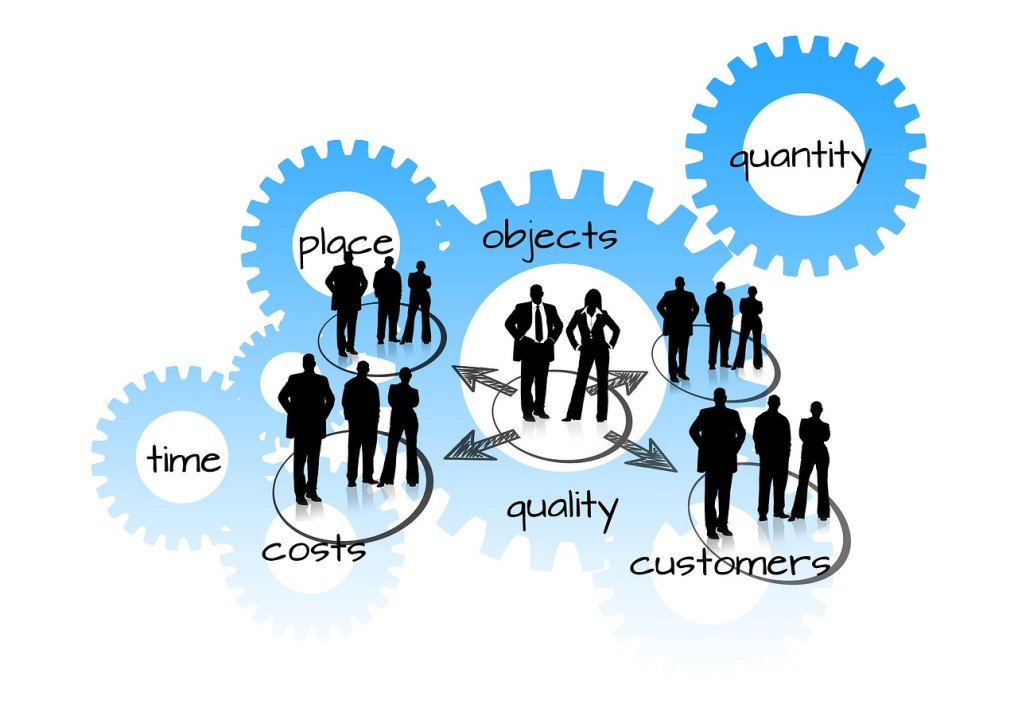The only thing you can rely on in business is constant change. You need to adapt to the changing needs of your customers and clients and pivot on a dime to keep up with your competition.
To be this company chameleon, you need to have a supply chain that can react alongside you and be sensitive to meeting the customer’s requirements, regardless of market conditions.
Your supply chain starts from the production to the distribution of a commodity you market, and it has many links working together to make it strong. Bedside your business, there will be a network of companies making this happen, and they each perform their roles in sequence. Components of the supply chain include:
- Producers
- Manufacturers
- Wholesalers
- Vendors
- Warehousing
- Transportation
- Distribution
- Retailers
Some of this you may do in-house, but you may also use a third party logistics company to fill in the gaps within your supply chain. Either way, it must function well to make your business profitable.
Today’s consumers have big demands and are used to being able to change orders, return items, access products and communicate with businesses. It requires a flexible structure in place to keep up. Your supply chain must adapt on the fly and be responsive to variable market conditions and consumer demands. How can you make your supply chain more responsive?
Tip #1: Have Supplier Contracts

Using a steady supplier makes it easier with your fulfillment as you have established relationships and know the key people you regularly communicate with. Ensure your contracts are flexible and in line with your expectations and specifications for the supply and delivery of goods. It should also be outcome-based so orders are fulfilled based on demand.
Tip #2: Use Software Management Systems

These are digital tools to better manage your logistics, allowing for clearer visibility of the movement of your goods. With your supply chain software, you can:
- Track shipments
- Monitor waste
- Track product rotation
- Inventory shortages
You can better see where the delays are in order fulfillment and then be able to correct the problems faster. With forecasting tools, warehouse management and product costing, this type of software makes you more efficient and prepared for any challenges you may face.
Tip #3: Third-Party Logistics Company

While you wear many hats in your business, you can’t be proficient at everything, and a good leader knows how to delegate responsibilities to key members of their team who have different talents. The same is true for your supply chain. While you can lease out a warehouse to store your inventory and use your trucks to deliver goods to your customers, working with a good third-party logistics company will save you time and money.
3PL companies already have a large infrastructure to take on your logistical duties, and this is their skill set. They can assist you with:
Procurement
They can place and receive orders from your wholesalers and suppliers within your supply chain.
Storage
Your inventory can be warehoused in their facilities with some companies using a network of locations nationwide and beyond.
Order Fulfillment
Your 3PL company can also receive orders from your customers, pick and pack items and cue them for fast delivery.
Transportation
These companies have a large fleet of delivery vehicles and partners to get your items across town or the globe. They utilize consolidation practices to ship your goods fast when combined with other deliveries and track the progress at every step.
Returns
Returns can also be handled through your 3PL. They have items shipped back to them where they can inspect the items and process refunds at your request or automatically. If the item is undamaged, it is returned to the shelf for a future order.
Using a professional third-party logistic company will enhance your responsiveness and free you up to focus on your strengths within your operation.
Tip #4: Optimize Communication

Clear communication is key to meeting the market’s and your customers’ ever-changing demands. This includes communication with your:
- In-house team
- Suppliers
- 3PL
- Customers
Your response time is key to positively impacting your customers because they want to know you care for them beyond the sale. Having a customer support team is also a great idea, so they can address situations and positively respond to customers’ complaints and compliments. You and your employees must also be proficient at communicating with your critical partners in the supply chain, so train up those who handle communication and be ahead of the curve.
This is how to improve supply chain responsiveness. No matter your sector or niche, it is a crowded field, so you need to create the edge that helps you stand out. Use these tips to enhance your supply chain’s constant flux to propel your business into the future.


